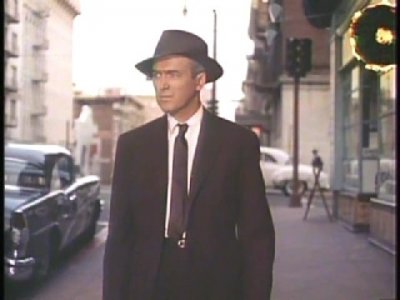Vertigo in SF
Auditioning
- Joined
- Nov 9, 2012
- Messages
- 8
- Real Name
- Julian S.
I see. Thanks for the answer, Mr. Harris. I wish Vertigo would get the full restoration it deserves; it's being called the best movie ever made nowadays after all!Robert Harris said:Neither, although the 1996 is closer in many sequences. The film requires a modern digital restoration. RAH






